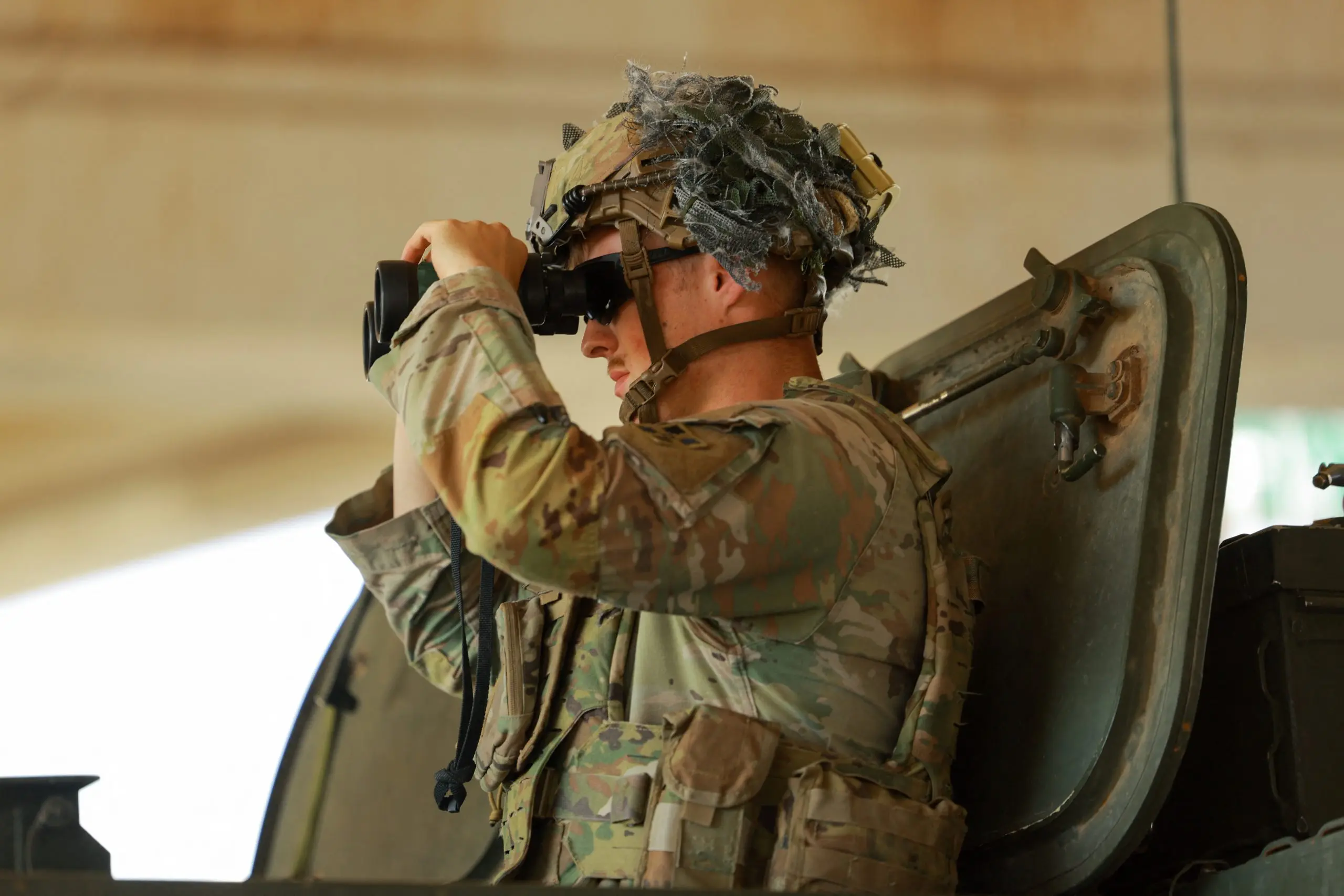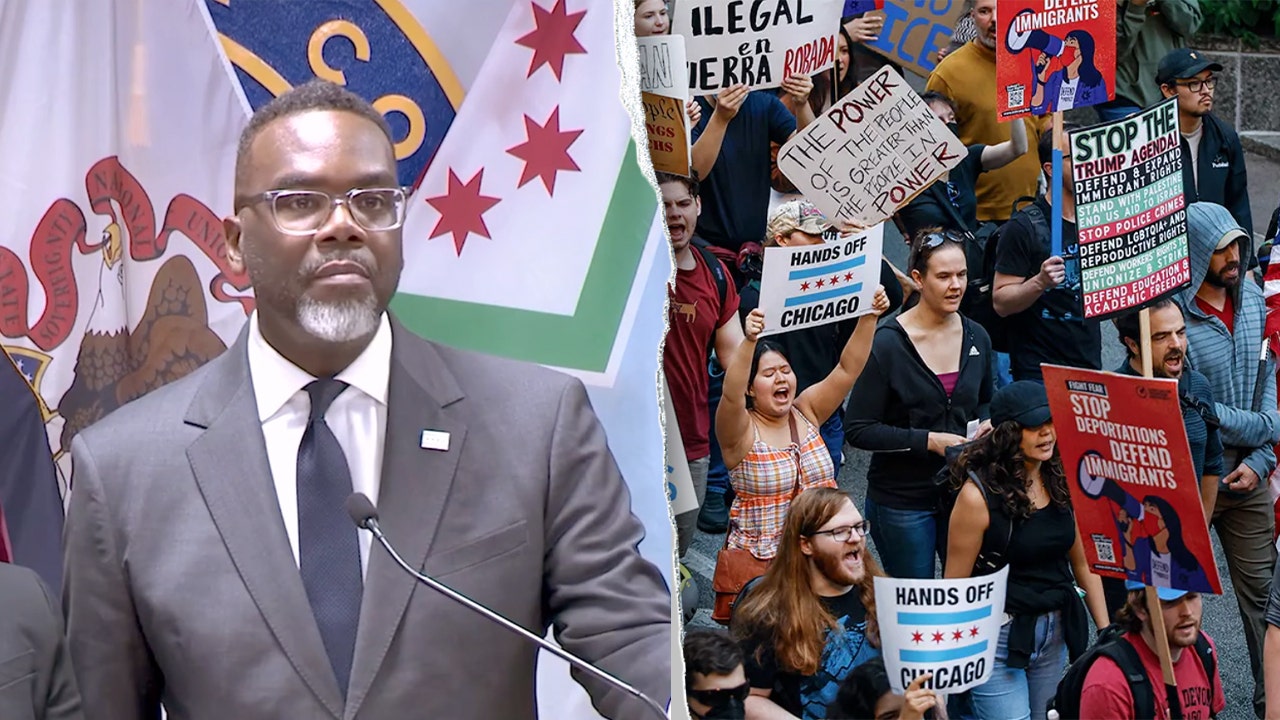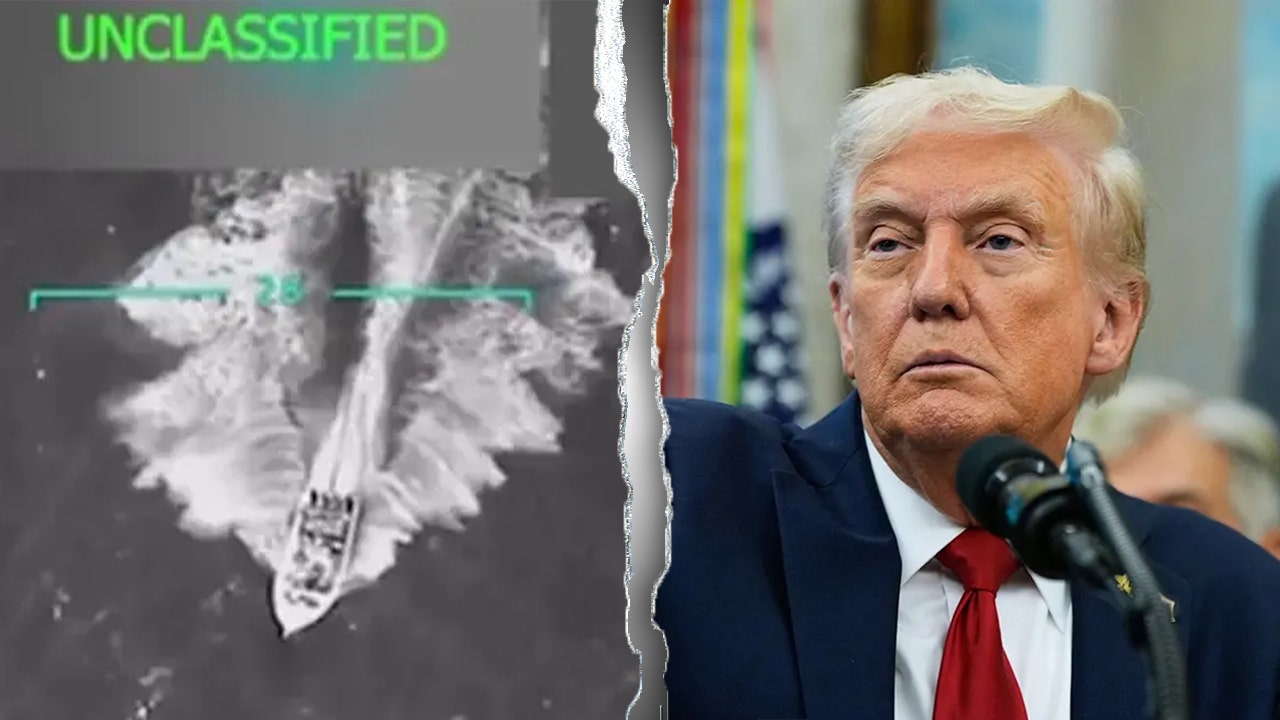Military expands role as Air Force, Navy take over southern border lands

In a bold move to enhance border security, the U.S. Air Force and Navy have assumed control of large stretches of federal land along the southern border, following a directive from Defense Secretary Pete Hegseth. The Air Force has taken over a 250-mile stretch in Texas, while the Navy has jurisdiction over a 140-mile area near Yuma, Arizona. These areas have been designated as National Defense Areas (NDAs) to bolster military presence and operations in response to the surge in illegal border crossings.
This is the third instance of NDAs being established under the Trump administration, with previous zones set up in New Mexico and near El Paso, Texas. Troops stationed in these areas are now authorized to apprehend, search, and detain migrants until Customs and Border Protection agents arrive. Additionally, migrants entering these zones may face trespassing charges for entering military property.
The creation of NDAs is part of a broader mission managed by the Joint Task Force – Southern Border (JTF-SB), a collaborative effort between the Air Force and U.S. Northern Command. To support these efforts, the military has deployed advanced equipment such as Stryker vehicles, ground-based radar systems, and 3D-printed drones to enhance surveillance capabilities.
While these measures are aimed at improving border security, concerns have been raised by civil liberties groups regarding the potential violation of the Posse Comitatus Act, which prohibits the use of federal troops in domestic policing without congressional approval. Critics argue that the militarization of the border blurs the lines between military and law enforcement roles and could set a dangerous precedent for future deployments within the U.S. interior.
Despite these concerns, some experts view the military presence at the border as an effective strategy against drug cartels and illegal activities. Former Arizona supreme court justice, Andy Gould, believes that the President has the authority to use military resources to defend the American border, making it challenging to challenge these actions legally.
Under the Trump administration, the number of active-duty troops at the southern border has significantly increased, with a focus on countering drug trafficking and potential terrorist threats. The Pentagon has also deployed naval vessels with Coast Guard teams to combat maritime smuggling routes used by drug traffickers.
Overall, the intensified military involvement in immigration enforcement reflects a proactive approach to border security, leveraging the resources and capabilities of the armed forces to address the challenges posed by illegal border crossings and criminal activities.




